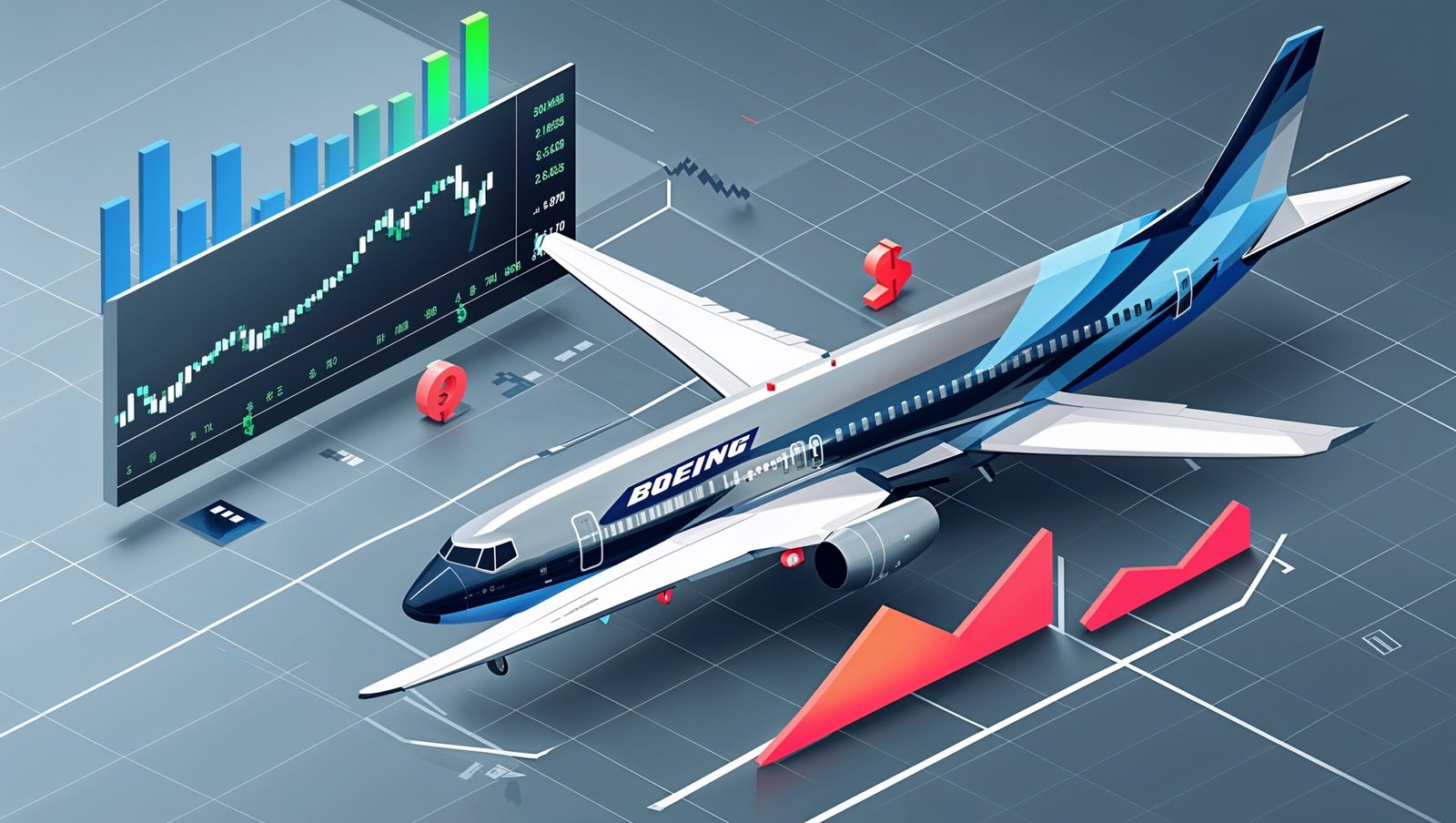Understanding GDP: A Comprehensive Guide
Gross Domestic Product, commonly referred to as GDP, is a crucial economic indicator that measures the total monetary value of all goods and services produced within a country’s borders over a specific time period. It acts as a broad gauge of the economic health of a nation and its standard of living. Understanding GDP is essential for governments, policymakers, and economists as they assess economic performance and plan for future growth.
Components of GDP
GDP is typically calculated using three methods, each of which provides unique insights into the economy:
- The Production Approach: This method calculates GDP by adding up the value-added at each stage of production, thereby measuring the contribution of each sector to the economy.
- The Income Approach: Here, GDP is computed by summing up all incomes earned in the economy, including wages, profits, rents, and taxes, minus subsidies.
- The Expenditure Approach: This is the most common method, where GDP is calculated by summing up consumption, investment, government spending, and net exports (exports minus imports).
Types of GDP
GDP can be measured in several ways, each serving a different purpose in economic analysis:
- Nominal GDP: This measures the value of all finished goods and services produced within a country at current market prices, not adjusted for inflation. It provides a snapshot of the economy’s size.
- Real GDP: By adjusting for inflation, Real GDP offers a more accurate reflection of an economy’s size over time. It allows for the comparison of economic productivity and living standards between different periods.
- GDP per Capita: This is obtained by dividing the GDP by the population size, providing an average economic output per person, an important metric for analyzing the standard of living.
Importance of GDP
GDP is essential for a multitude of reasons:
- Economic Performance: GDP serves as a key indicator of economic performance, showing whether an economy is growing or contracting.
- Policy Formulation: Governments and central banks use GDP data to design fiscal and monetary policies and make critical decisions regarding tax, spending, and interest rates.
- Investment Decisions: Investors consider GDP growth rates when making decisions about where and how to invest.
- Comparative Analysis: By comparing GDP across countries, analysts can assess economic strength and global influence.
Challenges in Measuring GDP
Despite its importance, GDP measurement has several limitations:
- Informal Economy: GDP does not account for all economic activities, especially transactions in the informal or shadow economy which can be significant in some countries.
- Quality of Life: GDP focuses on quantitative outputs and may overlook qualitative factors such as environmental health and social wellbeing.
- Income Distribution: GDP does not address the distribution of income among residents of a country, which can mask economic inequalities.
- Non-Market Transactions: It overlooks valuable non-market transactions, such as volunteer work and household labor.
GDP and Environmental Concerns
As highlighted by environmentalists, GDP growth does not necessarily correlate with sustainability. An increased GDP might contribute to over-exploitation of natural resources, leading to environmental degradation. Therefore, some economists advocate for alternatives like the Genuine Progress Indicator (GPI) or incorporating natural capital into GDP calculations.
GDP in the Global Context
In an interconnected world, GDP movements in major economies can have profound impacts globally. For instance, a recession in a large economy could trigger a downturn elsewhere through reduced trade and investment, underscoring the importance of understanding and monitoring GDP comprehensively.
The Future of GDP Measurement
Innovations in technology and data analytics hold promise for more refined GDP measurement techniques. Such methods could better account for digital services, informal economic activity, and environmental factors, offering a more holistic view of economic health.
People Also Ask
What is the difference between nominal and real GDP?
Nominal GDP measures a country’s economic output using current market prices, without adjusting for inflation, while Real GDP adjusts for inflation to reflect more accurate comparisons over time.
How is GDP calculated?
GDP can be calculated using three approaches: production (summation of value-added), income (sum of all incomes), and expenditure (sum of consumption, investment, government spending, and net exports).
Why is GDP important?
GDP is crucial as it indicates economic performance, assists in policy formulation, informs investments, and helps compare economic strength between nations.
What are the limitations of GDP?
Limitations of GDP include exclusion of informal economies, a narrow focus on quantitative data over qualitative factors, ignorance of income distribution, and omission of non-market transactions.
How does GDP affect the global economy?
GDP influences the global economy as significant changes in major economies can trigger shifts in trade and investment patterns, affecting other economies worldwide.







